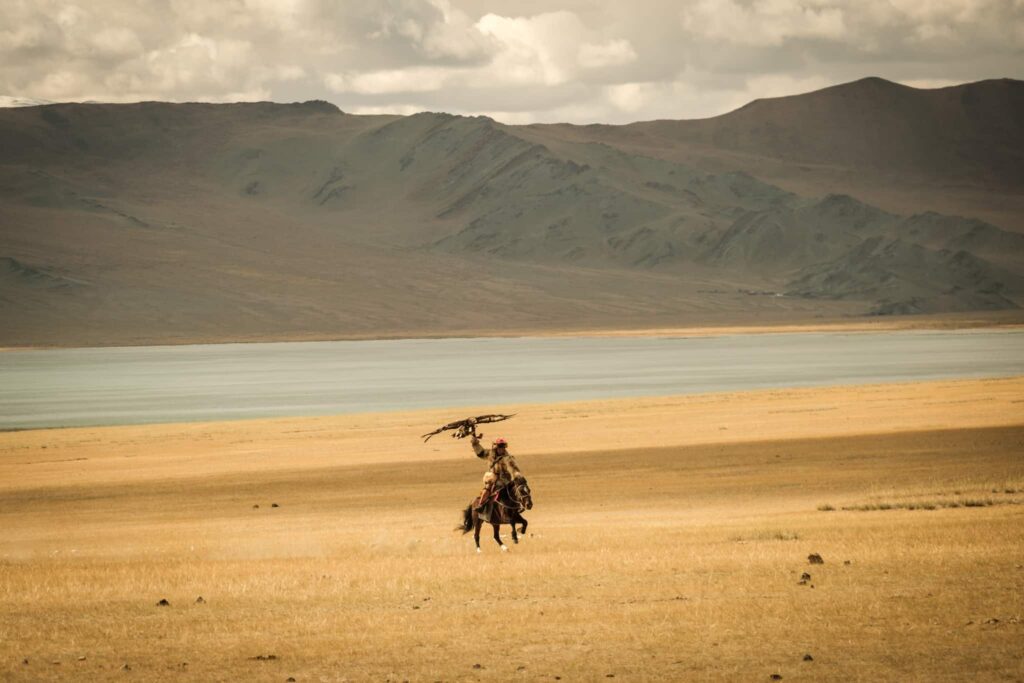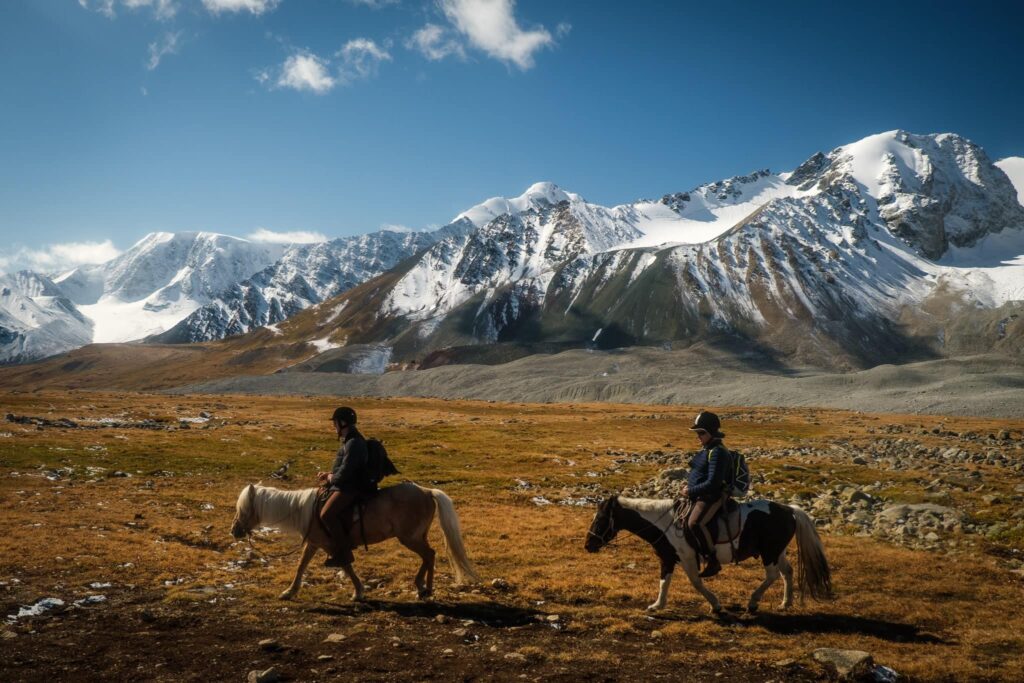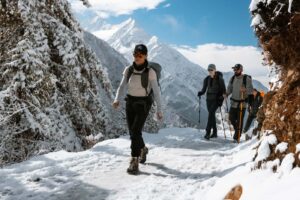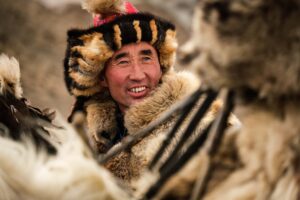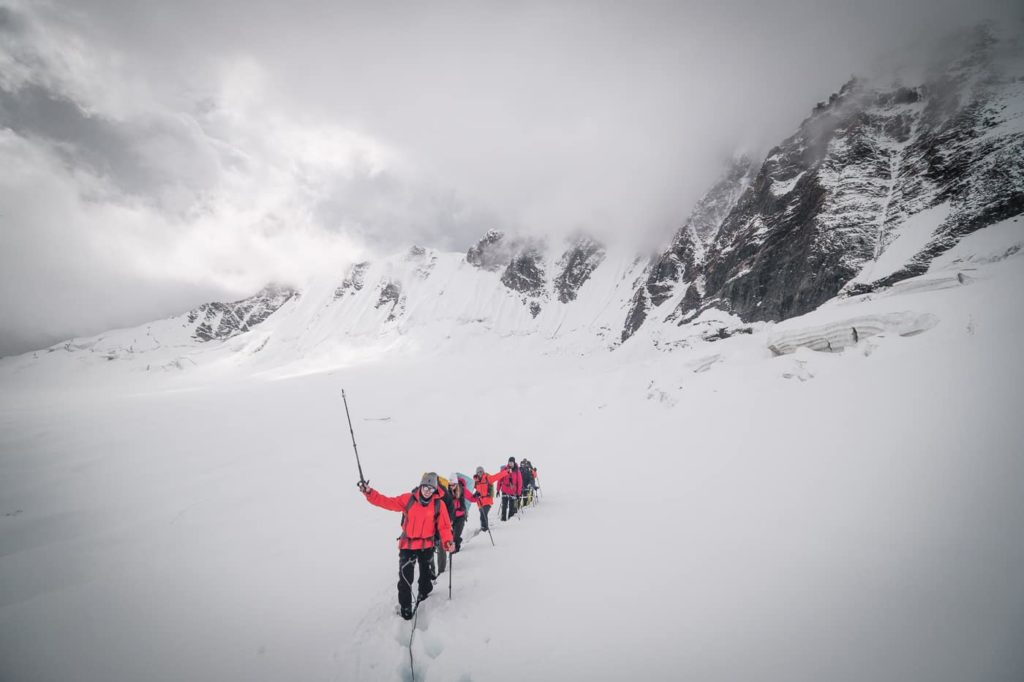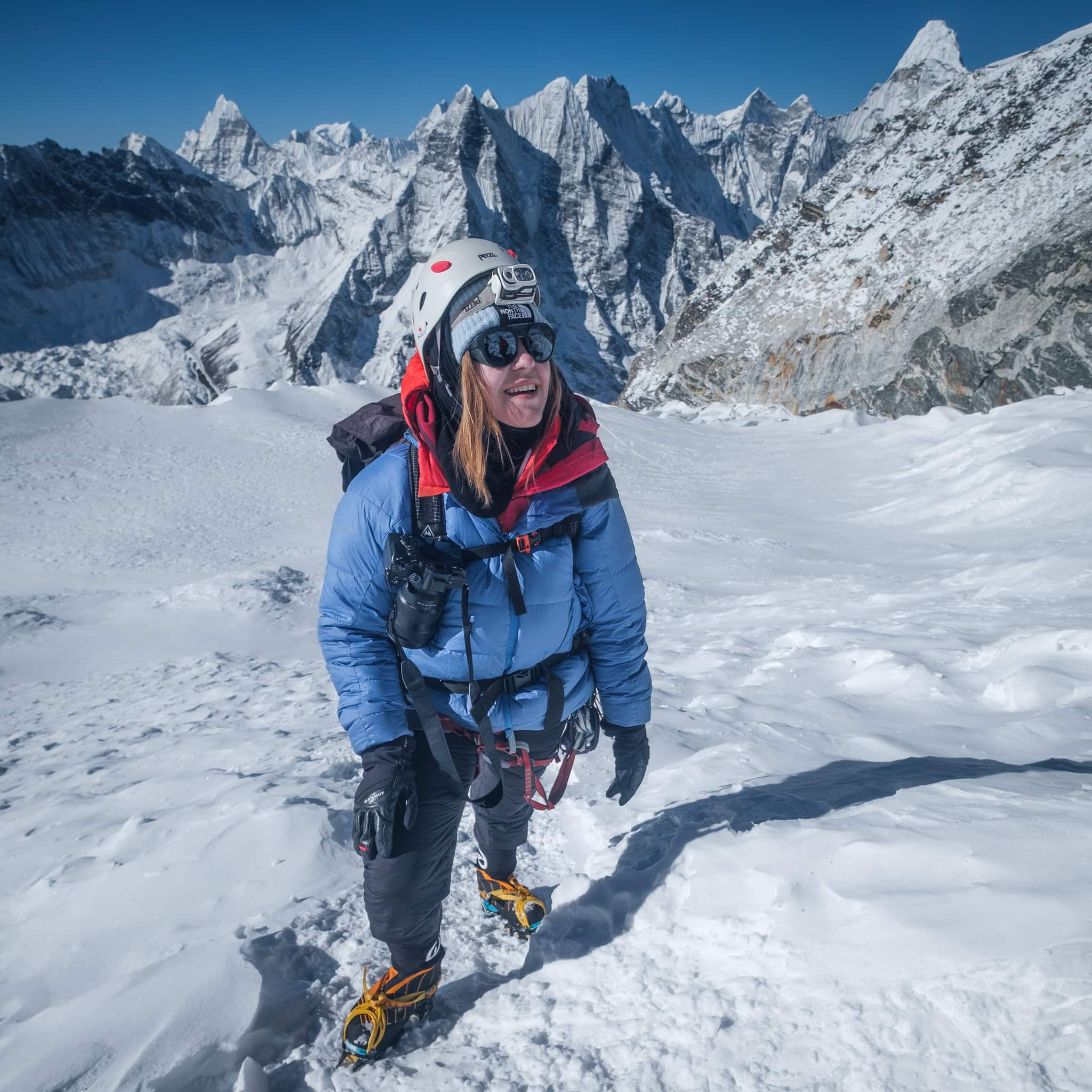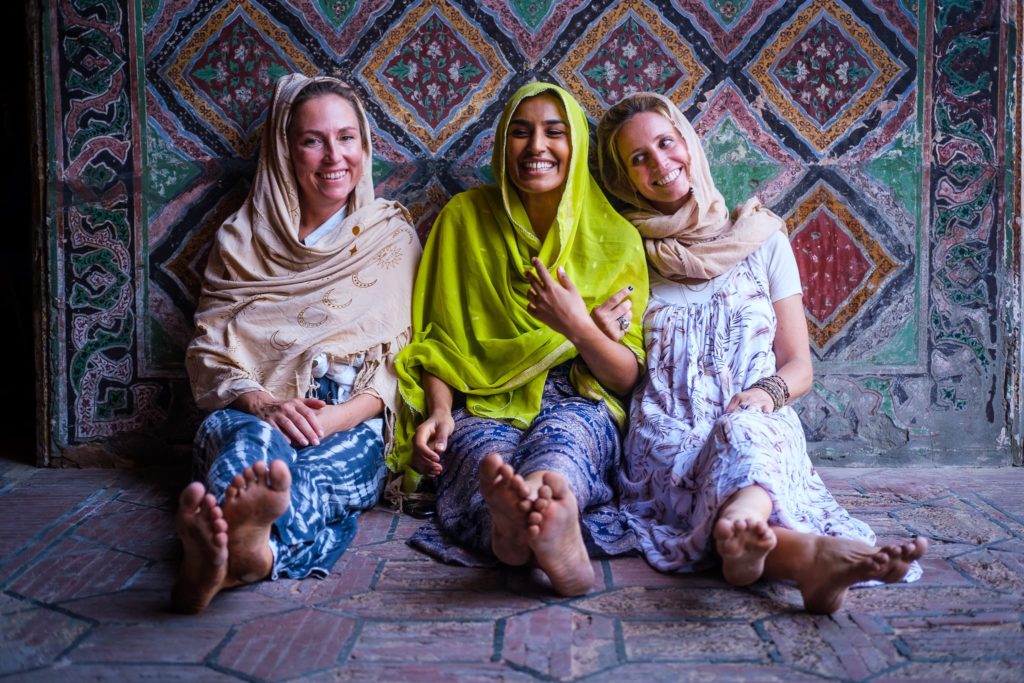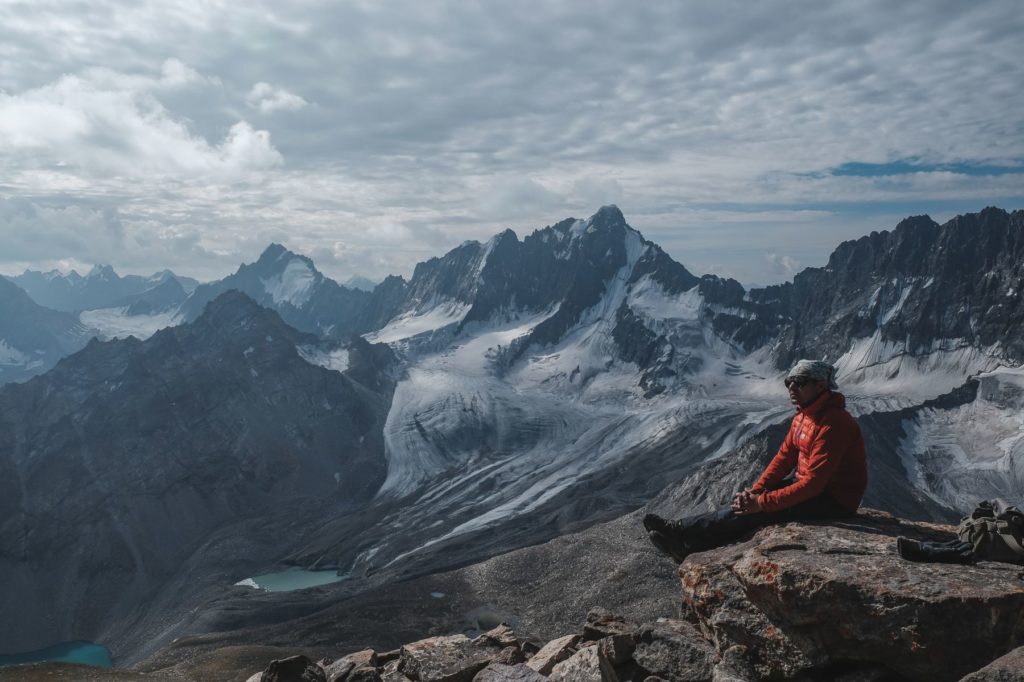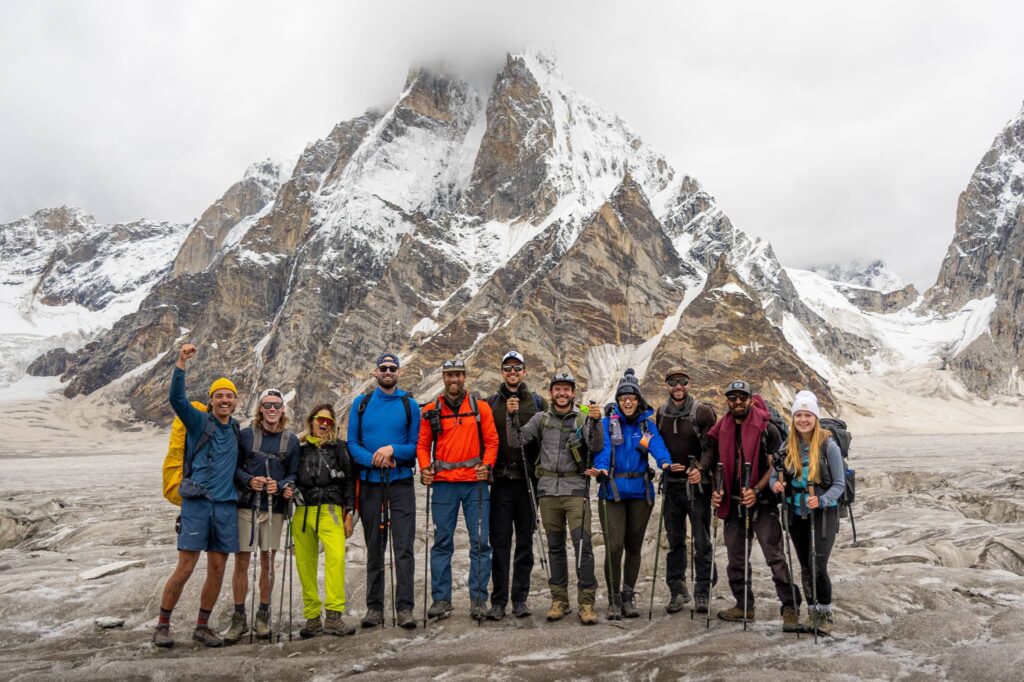Horse trekking holidays are starting to become very popular with active holidaymakers. These trips offer a unique blend of adventure and nature, not to mention a profound connection with animals.
Think about it for a moment and imagine traversing some of the most wild landscapes in the world atop one of the most respected creatures in natural history. Sounds EPIC, right?
However, horse trekking is not something you can just jump into haphazardly as this type of adventure requires preparation beyond just physical fitness. Understanding the needs of the horses, managing your gear, and ensuring safety are all integral to having a successful experience.
In this guide, we cover everything from the essentials to fitness requirements and safety tips, ensuring that you are well-prepared for your next horse trekking adventure. With the right mindset, equipment, and knowledge, you’ll be ready to enjoy truly awe-inspiring places while riding alongside some magnificent animals.
What is a Horse Trekking Holiday?
A horse trekking holiday is pretty much what it sounds like: a multi-day trip that involves (in varying degrees) a mix of regular trekking and horse riding.
Some holidays may involve more or less actual horse riding. Regardless of how much time you actually spend on the horse, you can expect to be walking on your own for some part of the trip. A lot of the time, it’s just a matter of getting on and off the horse whenever you feel like it, although you’ll want to allow the animals their own breaks for water, food, and rest.
Like regular trekking, the goal of horse trekking is to get from point A to B. Worth noting is that horses, and other pack animals for that matter, cannot go everywhere that a human can go. Technical terrain and steep, slippery scrambles are generally a no-go for the four-legged equines. That being said, we have seen well-trained horses cross mountain passes in the Karavshin region of Kyrgyzstan with the help of special equipment and skilled handlers.
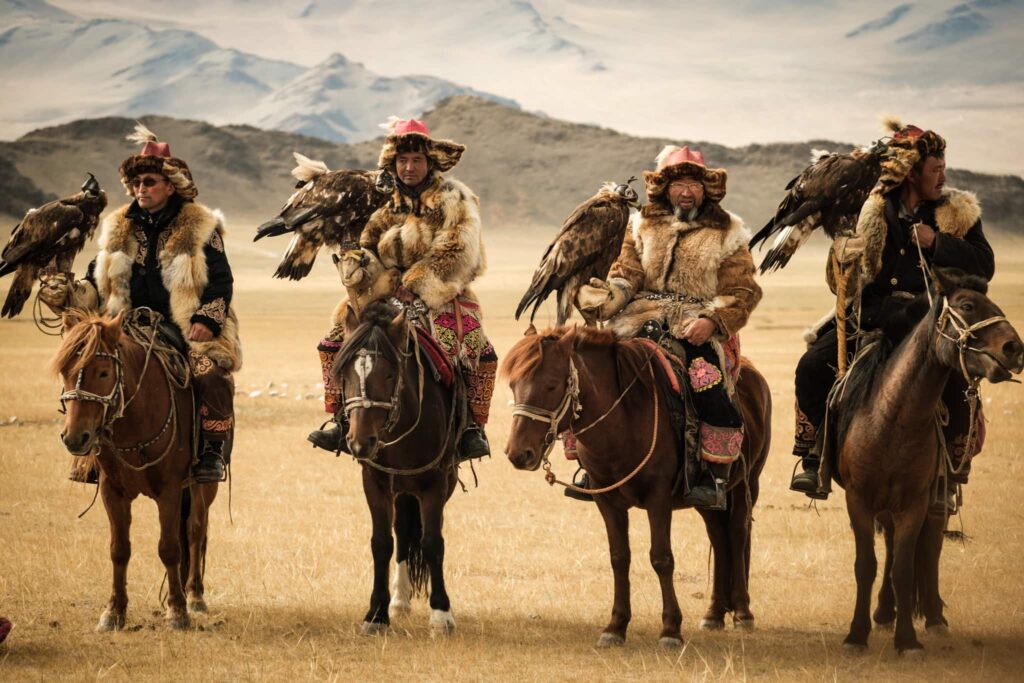
Getting Ready for Horse Trekking
Horse trekking is not a crutch for people who prefer not to walk. In fact, horse trekking may arguably be more demanding than regular trekking because there is more for you to manage.
Those wanting to take part in a horse riding holiday will still need to prepare for it, including getting in shape, having the right gear, and understanding how to interact with your animal partners.
Choosing the Right Gear for Your Horse Trek
Most of the gear you’ll bring on a horse trek is the same that you would bring on a regular trek. That means layers, shelter, sleeping arrangements; the usual items for outdoor adventures.
When it comes to clothing, you’ll want to make sure you have a few items in particular:
- Long pants – Shorts are usually not a good idea when horse riding. Loose-fitting jeans or a rugged pair of hiking pants are good options.
- Wide-brimmed hat – You’re going to be completely exposed to the sun while riding so make sure you have something that will shade your head properly.
- Rain poncho – It’s a little bit more difficult changing when you’re on a horse so if a rainstorm should happen suddenly, you’ll need a waterproof layer that goes on and off easily.
If you’d like to see a sample packing list from a program that involves both hiking and horse riding, our Mongolia one is full of good recommendations.
Luckily and unless you’ve brought your own horses, you can expect that the horse handlers you’re working with will provide all of the riding equipment e.g. stirrups, saddles, panniers, etc. Kitchen equipment is sometimes included and sometimes not so make sure you clarify this beforehand.
Getting Comfortable with Horses
Horses are notoriously sympathetic animals that can seemingly sense emotion like it was a sixth sense. The old saying goes that “horses can smell fear” and there are even studies to back this up.
Your emotional state will definitely affect how your horse trekking experience goes. Being tense and anxious while riding will make horses uncomfortable and uncomfortable horses are not usually easy to ride. Calm nerves, a good bedside manner, a relaxed attitude, and patience will all serve you well and help to keep the horse feeling relaxed too.
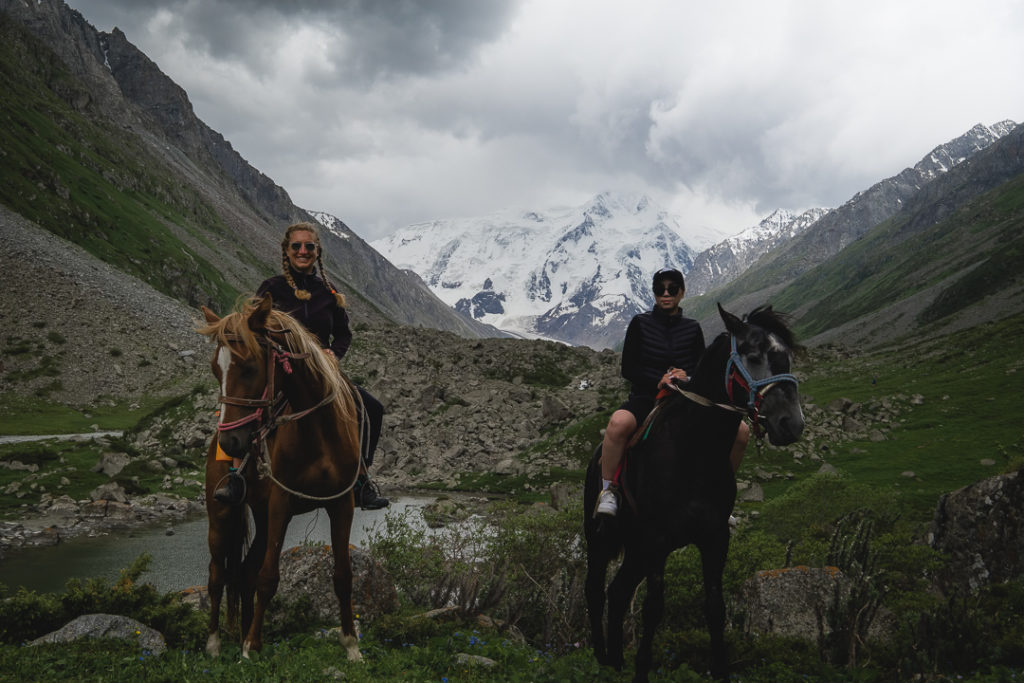
We understand that horses can be intimidating. They’re big, heavy creatures that really ruin you and your day if they feel like it; but, luckily, most horses don’t want this. If you treat these animals with the same respect and admiration as you would any other creature or human being, they should do the same for you.
We recommend spending some time getting to know your steed before actually trying to ride it. Ask the trainer what the horse’s disposition is like and then interact with it safely from the ground. Show the horse that you’re not afraid of it and that you intend to treat it well. Getting off on the right foot with them is the first step in developing a healthy (and safe) relationship.
Staying Fit
Riding a horse is not an excuse to check out and let the horse do all the work. Just because someone is not carrying the gear and transporting themself with their own two feet, doesn’t mean they’re not required to be active.
Riding is work – staying stable and giving the horse directions while atop it requires physical exertion. Ask anyone who’s ridden a horse for more than a few hours and they’ll say they’re usually sore afterwards.
You should continue working out leading up to a horse trekking vacation. In particular, targeting the lower body and core will be very helpful as you’re often standing in the saddle and stabilizing yourself while bouncing around. For that matter, you’ll need to have the leg strength to boost yourself up on top of the horse in the first place.
We recommend doing all of the usual exercises for horse trekking as you would normal trekking. That means squats, lunges, stairs, light deadlifts, and so on. Improve your stabilizing muscles by doing core workouts and soft-contact activities like yoga, pilates, and swimming.
Cross the legendary Mongolian Steppes with Epic
Staying Safe while Riding Horses
It should go without being said but it bears repeating: horses are wild animals. Riding them adds a whole extra dimension to hiking and doing so should be taken with all seriousness.
That being said, horse trekking is not the riskiest thing you can do on a holiday. (Buffets at Mexican resorts on the other hand…) If you know what you’re getting yourself into and don’t do anything foolish, you’re much more likely to have a fun and safe active vacation.
Knowing Your Limits and the Horse’s Capabilities
It’s ok to feel uncomfortable around horses – they can be scary animals. We still recommend introducing yourself to one and getting to know it and its handler a bit before riding. You’d be surprised what a little snack, a gentle pet, and some reassuring words can do to calm these beasts.
Crucially, new horse riders should also be on tamer horses. Getting a bucking bronco or an unbroken stallion for your first ride is a sure way to create lifelong trauma, not to mention suffer a potentially serious injury. Getting tossed from a horse is never fun.
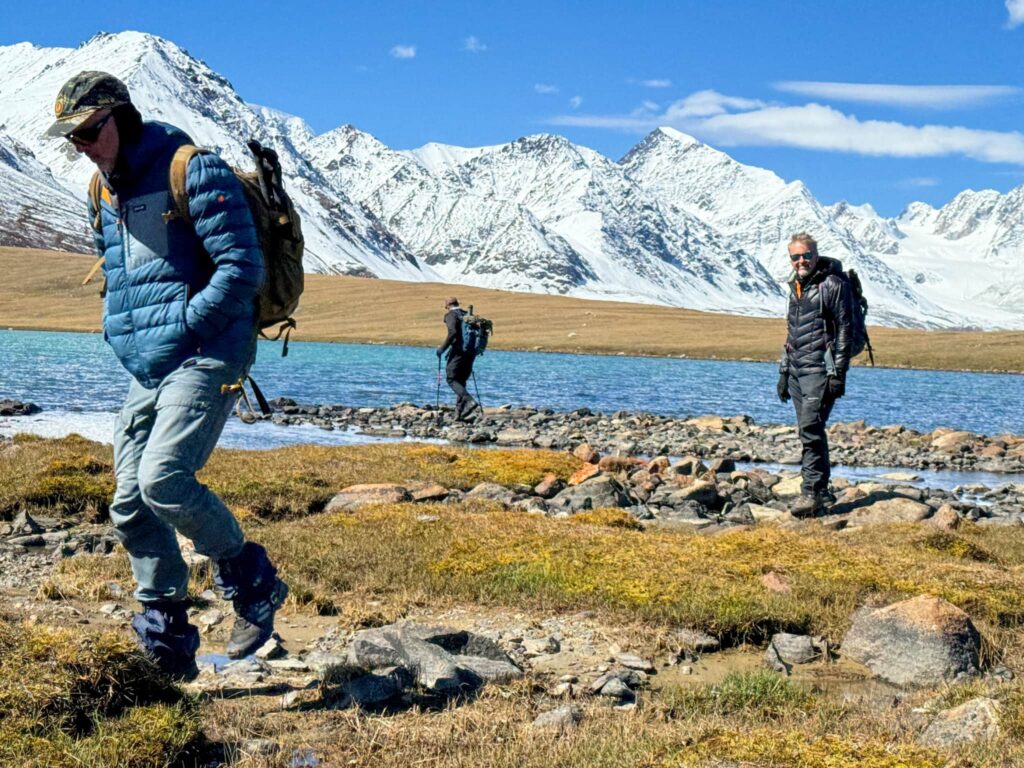
Don’t feel obligated to go full gallop either. Galloping can be dangerous and the faster you’re going the harder it is to control your mount. Start off easy by just letting the horse walk and then work your way into a trot or canter. If you’re starting to feel confident and the guide gives you the green light, then give the horse a light kick and go into a gallop.
On that note, the commands you might give a horse are not necessarily universal, especially in the more remote corners of the world. For example, the cues taught to horses in Kyrgyzstan are very different from those in Pakistan, with the latter relying upon practices passed down by the English.
Always go over commands with the trainer before getting on the horse. At that rate, you might also ask what the horse’s triggers or behaviors are if any exist. Horses have personalities too and no one likes to deal with a stubborn or spiteful one at that.
Dealing with Challenges on the Trek
Horse trekking is a unique experience that entails unique demands. Days can be long, bodies can start to hurt, and tempers can flare between both men and beasts alike.
Truth is: there is something truly special about forming a bond with another creature and relying on them to accomplish something.
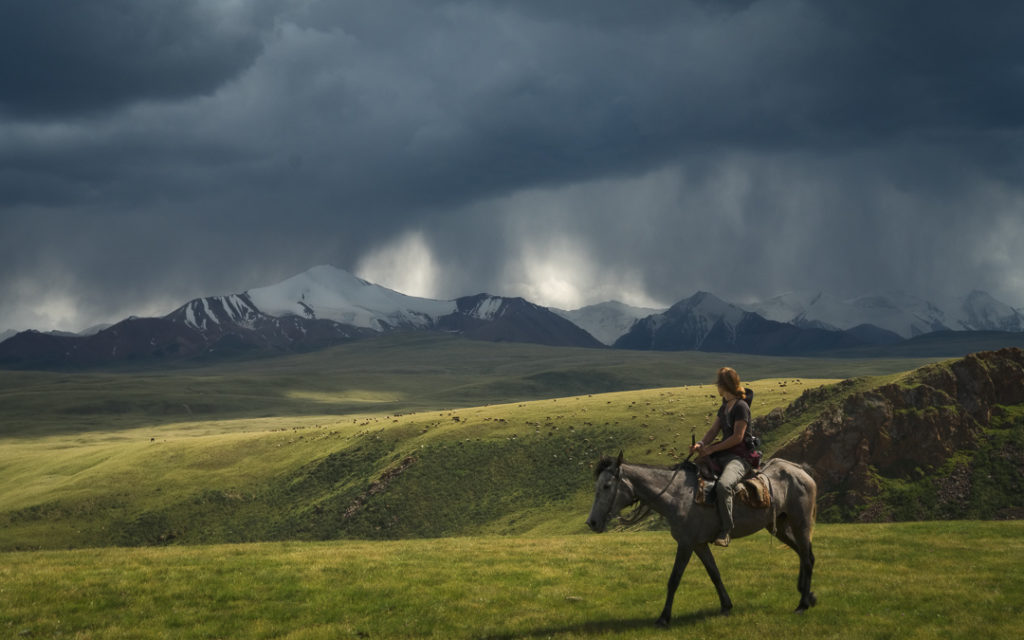
For much of human civilization, horses have been there; helping us to till fields, travel long distances, and vanquish enemies. The Mongols conquered much of the Eurasian continent thanks to horses and we can’t help but feel like a warrior thundering across the Steppes on our Mongolian expeditions.
Will every day be a walk in the park complete with picnic baskets and a bottle of brut rose? Probably not. But if you can embrace the realities of a horse trek and take them in stride, you might find something more out of it, like camaraderie, new perspectives, and plenty of adventure.
What to Expect on a Horse Trek
A horse trekking holiday definitely feels and is managed a little differently than regular hiking trips. Although the days typically go the same, some little differences can make the former a little more out-of-the-norm (but also more enjoyable in a lot of ways).
Here’s what you can expect when planning your next vacation around horses.
Daily Routine and Itinerary
In between campsites, horse trekking can feel very much like regular trekking. You’ve got a trail or general direction to follow, you take intermittent breaks, have lunch, and enjoy the scenery along the way.
Having a horse to tend to is a significant extra element in your routine of course. Horses must take breaks as well, drink water, and fuel up with grass. For that matter, horses usually need to stick to a certain type of terrain. If an obstacle is obstructing your path, simply going over it with the horse in tow is not so straightforward.
You’ll need to consider your bestial familiar’s needs when planning out your day. Breaks will need to include grazing areas, water will need to be accessible, and certain areas that horses can’t access might require reroutes. Luckily, the horses’ keepers are usually on top of the situation and already have a plan – you’ll just need to keep an open mind and go along for the ride.
Ready to discover the Celestial Mountains?
Making and Breaking Camp
Setting up camp with horses usually entails a few extra steps. Aside from setting up your own sleeping arrangements and cooking areas, your horses will also need to be tied up somewhere close by, preferably where there is grass and water.
Throughout the course of your stay at camp, the horses will also need to be moved around because, eventually, they will have eaten all of the grass around them. (If you haven’t already caught on by now, horses will need to eat A LOT of grass.)
Again, tending to the horses is not so tedious because the handlers do most of the work. They’ll be the ones to find suitable pastures for the animals and move them around, even in the middle of the night. These folks care deeply for these creatures and will pay them plenty of attention. You can help with daily chores, which will probably be appreciated, but most of the time you can usually relax at camp.
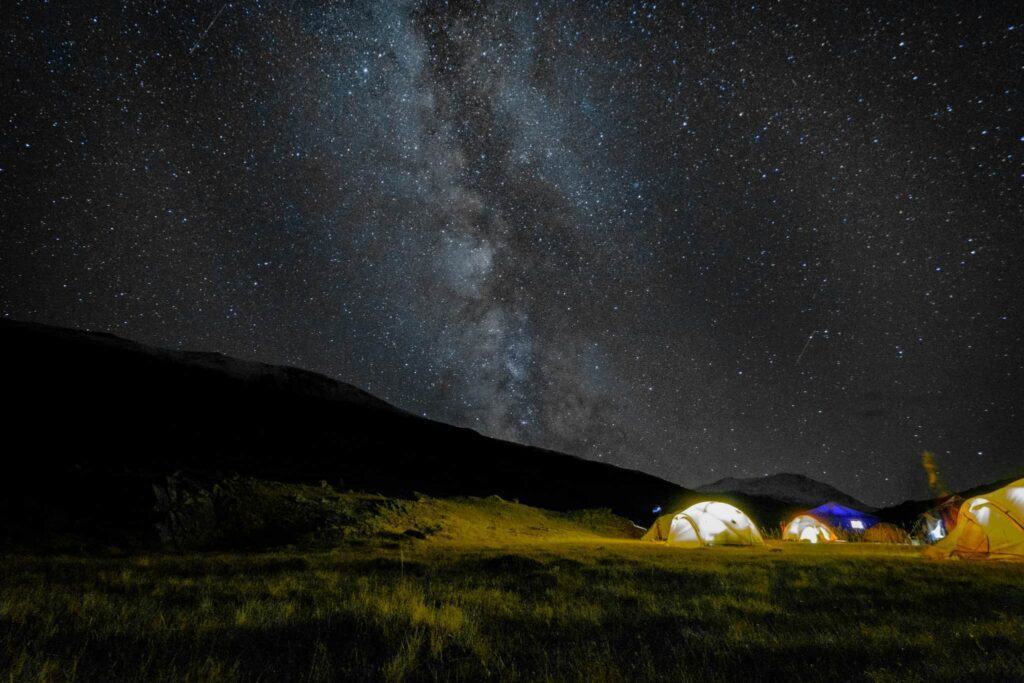
More Tips for Enjoying the Journey
Keep the following in mind to make your horse riding experience even more enjoyable:
- Days might be very long – You will most likely be covering more ground on horses than on foot, and it might be the case that you need to go further to reach the right campground. Riding 20 miles in a day is not underheard of. Be prepared for the occasional long hauls.
- Expect to be sore – Seriously, your hips, legs, and especially your glutes are going to hurt after the first few days. Constantly bumping up and down when trotting, squeezing your thighs to hold on, and standing in the saddle is going to add up. Remember to take care of yourself and get lots of rest at camp.
- Listen to the guide or horse handler – They know best about the horses and the terrain. If they tell you to go a certain direction or ride the horse a certain way, do that.
- Don’t expect to gallop all the time – Galloping is one of the most exciting parts of riding a horse and there are few things more enjoyable than going as fast as possible on an open plain. But remember: horses get fatigued too. Prolonged galloping can be hard on them and exhaustion can be a killer. Treat them like you would your own child and don’t run them ragged.
- You can get on and off as you want – Who says you need to go the entire distance on a horse? If you don’t want to ride, then get off. You can walk as much as you need to and then mount up again when ready. The horse would probably appreciate the break as well.
- Do your research – Know where you’re going and what kind of horse trekking experience awaits you. The jailoos of Kyrgyzstan and the Altai region of Mongolia offer world-class horse riding opportunities. In other places, maybe not so much.
Make Your Next Horse Riding Holiday an Epic One
Horse trekking is more than just a holiday; it’s a totally immersive experience that will leave a lasting impression in you. It will challenge both body and mind while fostering a deep connection with nature and animals.
And while physically and sometimes emotionally demanding, horse trekking rewards participants with breathtaking views, a unique perspective on the landscape, and the joy of working alongside one of the most admired animals ever.
As with any adventure, preparation is key: from physical training to selecting the right gear to garnering a deep understanding of horses. By respecting the capabilities and limitations of both yourself and these creatures, you’ll increase the odds of having a safe, not to mention thrilling, trip.
Epic Expeditions offers several programs that feature horse trekking. Contact us today to find the right one for you!
